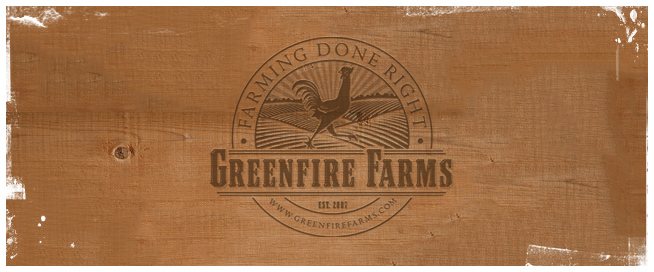These beautiful and rare, mahogany birds are active foragers and prolific layers of medium-size white eggs.
| Item | 1+ | Quantity |
|---|---|---|
| Old English Pheasant Fowl Day-Old Chick Unsexed | 29.00 | |
| Old English Pheasant Fowl Eggs In stock: 8 | 6.00 |
Breed History
Yorkshire is located in northern Britain and shortly after the birth of Christ was inhabited by Romans. With these early Roman settlers came chickens, and from those chickens a series of rose-combed chicken breeds emerged including the Bolton Grey, Lancashire Mooney and Yorkshire Pheasant. These birds were lumped together as “Hamburghs,” but this proved to be an overgeneralization that was eventually corrected. In 1914 one striking, distinct Yorkshire breed was renamed the Old English Pheasant Fowl. They were raised to be both egg producers and meat birds. Today, these birds, which occur in both gold and silver varieties, are extremely rare even in their native country, and until 2021, they were unknown outside the UK. In that country, the breed is on the watch list of the Rare Breeds Survival Trust.
Appearance and Behavior
They are medium-sized fowl, weighing in at about 7 pounds for the roosters and 5 to 6 pounds for the hens. Their mahogany-based feathers are beautifully accented with black on the tip. Sometimes the black will form a crescent shape along the edge of each feather. The black on the feathers is typically iridescent and will showcase purples and greens in direct sunlight. They have clean legs, a rose comb, and white earlobes. The roosters typically display a beautiful tail with black, sickle feathers.
This breed tends to be flighty and very reactive to stimuli in their environment. As chicks, they are very easily spooked and will be among the first to escape their brooder if there is no lid. They also seem to become stressed easily, so take extra steps to avoid overcrowding. Make sure to keep that in mind when planning to raise these chicks. They can be housed in either a small or large coop. However, the birds tend to do better in a larger space. For the rooster-to-hen ratio, we have used a 1:10 ratio with good results. The birds tend to be active so we think 1 rooster could easily be housed with up to 14 hens and you'd still see good viability. The birds are typically pretty easy to integrate into an existing flock. The roosters are somewhat timid compared to other breeds, so you should keep this in mind if you have a mixed flock. We recommend that you supervise or check in on birds regularly after integrating. We haven't observed hens in our flock to be broody, so we recommend using an incubator if you want to hatch chicks from this breed. The hens will typically lay between 150 to 200 eggs per year, so they are a good producer of medium, tinted eggs.
Hatching Eggs
We incubate at 99.5F and 55% humidity. Typically they hatch extremely well with normal hatch rates of around 85%. A few chicks typically hatch one day late, so keep the eggs in your hatcher for an additional day or 2 just in case. The majority of the chicks hatch right on time, on day 21.
Notes
We highly recommend that you add the vaccine to your order of day-olds or plan to vaccinate them if you hatch out chicks for Marek's disease. They are more susceptible to the virus.
Yorkshire is located in northern Britain and shortly after the birth of Christ was inhabited by Romans. With these early Roman settlers came chickens, and from those chickens a series of rose-combed chicken breeds emerged including the Bolton Grey, Lancashire Mooney and Yorkshire Pheasant. These birds were lumped together as “Hamburghs,” but this proved to be an overgeneralization that was eventually corrected. In 1914 one striking, distinct Yorkshire breed was renamed the Old English Pheasant Fowl. They were raised to be both egg producers and meat birds. Today, these birds, which occur in both gold and silver varieties, are extremely rare even in their native country, and until 2021, they were unknown outside the UK. In that country, the breed is on the watch list of the Rare Breeds Survival Trust.
Appearance and Behavior
They are medium-sized fowl, weighing in at about 7 pounds for the roosters and 5 to 6 pounds for the hens. Their mahogany-based feathers are beautifully accented with black on the tip. Sometimes the black will form a crescent shape along the edge of each feather. The black on the feathers is typically iridescent and will showcase purples and greens in direct sunlight. They have clean legs, a rose comb, and white earlobes. The roosters typically display a beautiful tail with black, sickle feathers.
This breed tends to be flighty and very reactive to stimuli in their environment. As chicks, they are very easily spooked and will be among the first to escape their brooder if there is no lid. They also seem to become stressed easily, so take extra steps to avoid overcrowding. Make sure to keep that in mind when planning to raise these chicks. They can be housed in either a small or large coop. However, the birds tend to do better in a larger space. For the rooster-to-hen ratio, we have used a 1:10 ratio with good results. The birds tend to be active so we think 1 rooster could easily be housed with up to 14 hens and you'd still see good viability. The birds are typically pretty easy to integrate into an existing flock. The roosters are somewhat timid compared to other breeds, so you should keep this in mind if you have a mixed flock. We recommend that you supervise or check in on birds regularly after integrating. We haven't observed hens in our flock to be broody, so we recommend using an incubator if you want to hatch chicks from this breed. The hens will typically lay between 150 to 200 eggs per year, so they are a good producer of medium, tinted eggs.
Hatching Eggs
We incubate at 99.5F and 55% humidity. Typically they hatch extremely well with normal hatch rates of around 85%. A few chicks typically hatch one day late, so keep the eggs in your hatcher for an additional day or 2 just in case. The majority of the chicks hatch right on time, on day 21.
Notes
We highly recommend that you add the vaccine to your order of day-olds or plan to vaccinate them if you hatch out chicks for Marek's disease. They are more susceptible to the virus.
| Egg Color | tinted |
| Egg Size | Medium |
| Average number of eggs per year | 150 - 200 |
| Gamefowl | no |
| Country of Origin | UK |
| Cold tolerant | no |
| Year of import(s) | 2018 |
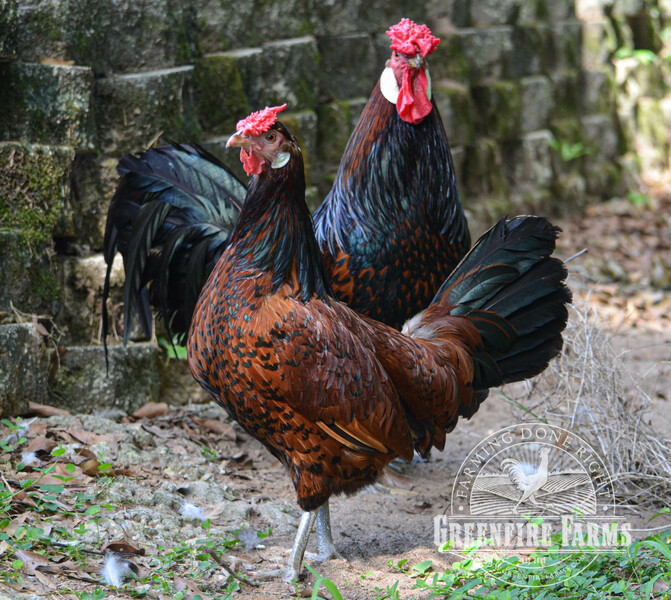
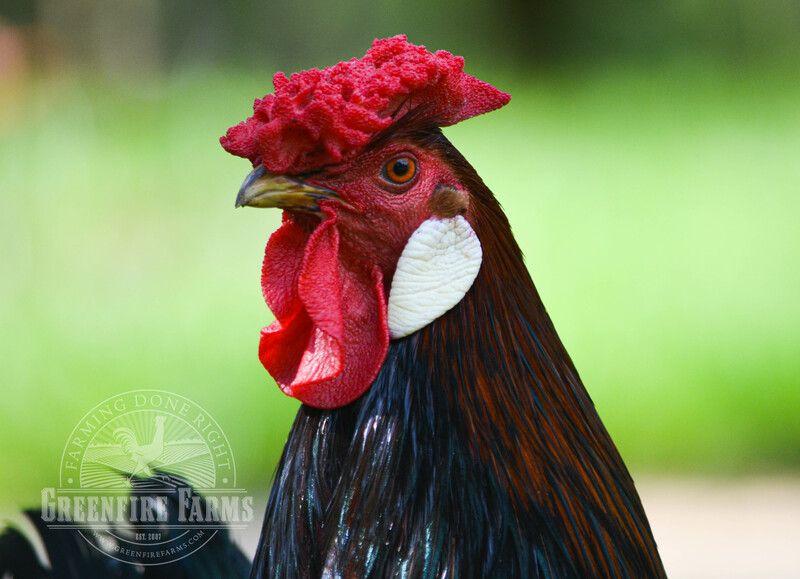

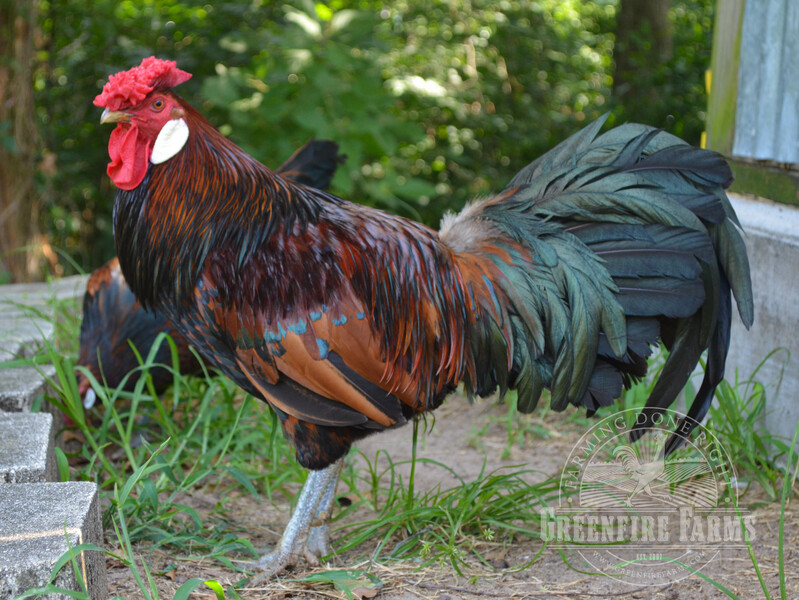
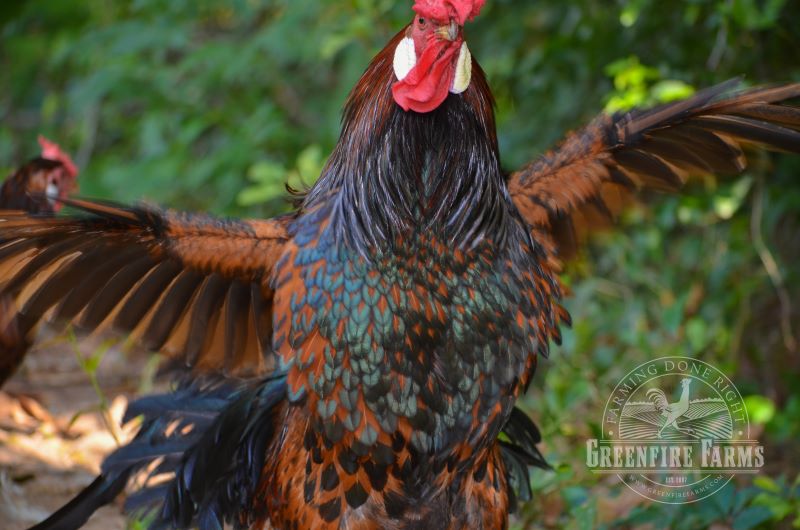

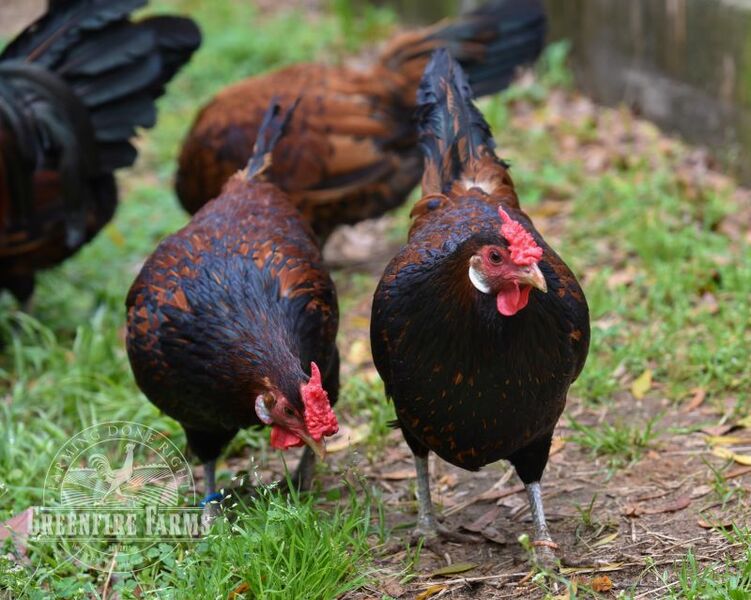
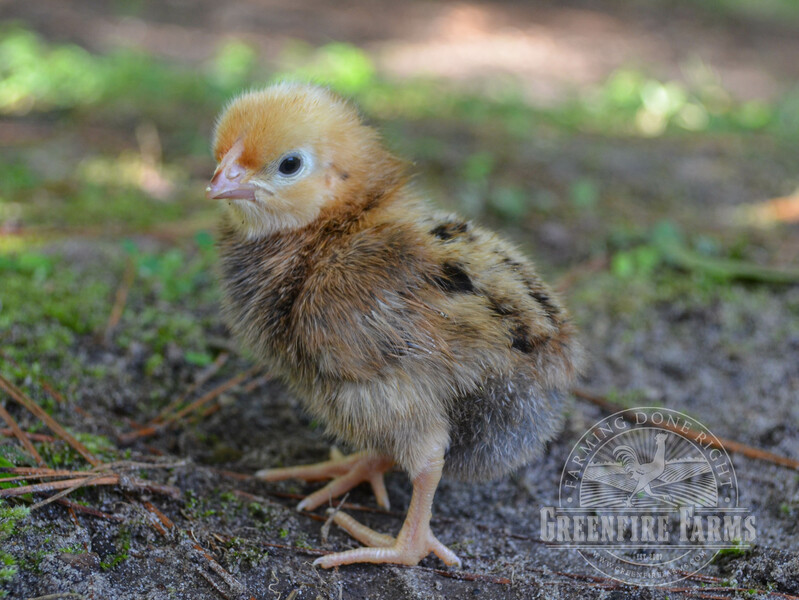
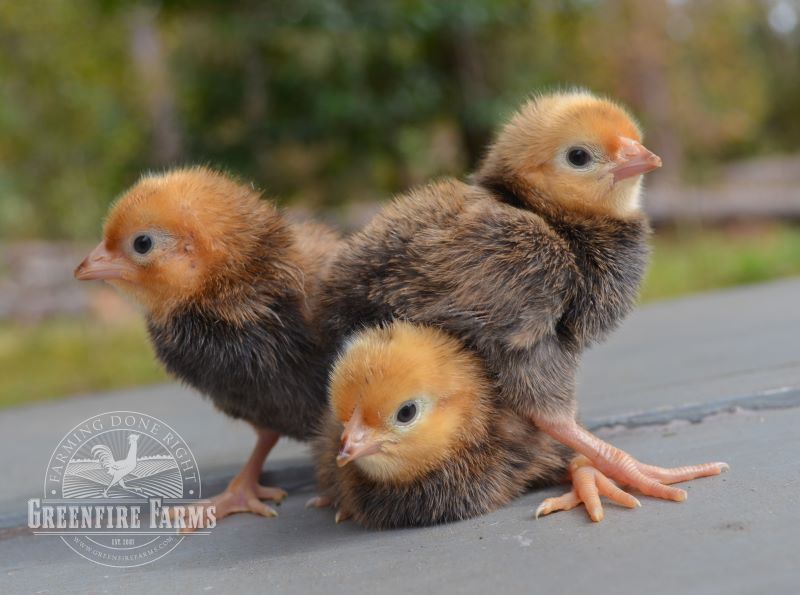
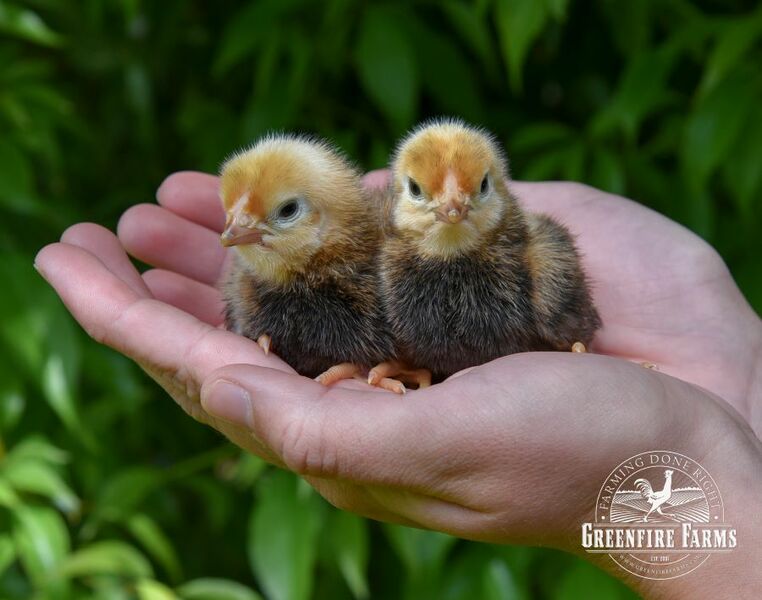


 Cart:
Cart: 

